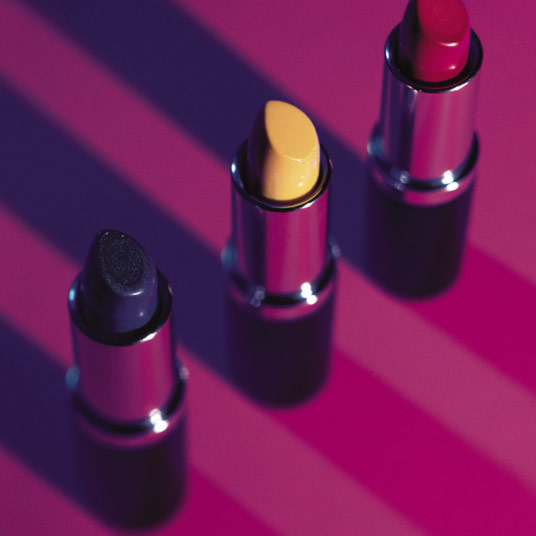
THURSDAY, April 2, 2015 (HealthDay News) — Scientists who’ve created the first 3-D map of a person’s skin say people are covered with the chemical residues from shampoos, beauty products and even clothing.
“Our daily routines — what we eat, what we put on our skin — also become a part of our skin,” said study co-author Pieter Dorrestein, of the University of California, San Diego.
“Very few of us think about this, but all of this stuff can now be seen with the mapping technology we’ve now developed,” said Dorrestein, who directs UCSD’s Collaborative Mass Spectrometry Innovation Center.
According to the researchers, skin is the body’s most exposed organ, covering a surface area of roughly six square feet. Yet its complex composition — skin cells, microbes, and the by-products of environmental exposures and hygienic applications — has remained largely unmapped and poorly understood.
To remedy that, Dorrestein’s team set out to create a 3-D map of the skin. They recruited one man and one woman to serve as “skin models.” Both participants were described as healthy, and both were asked not to shower or apply any hygienic or beauty product for three days leading up to the skin sampling.
Using cotton swabs, skin samples were then obtained from about 400 different skin sites on each participant. Those samples then underwent high-tech molecular analysis and were categorized as being of human, microbial or environmental origin. All of that information was fed back into a computer and turned into a 3-D topographical chart of the skin.
“If you look at the skin environment, there’s of course our own skin’s molecules, as well as all sorts of microbes and the traces of chemistry they produce,” said Dorrestein, who is also co-director of the Institute for Metabolomics Medicine at the Skaggs School of Pharmacy & Pharmaceutical Sciences in La Jolla, Calif.
Eight percent of skin swab content was attributable to lingering residues from beauty products and/or cosmetic ingredients, including such things as shampoo or sunscreen.
Are any of those residues harmful? Dorrestein and his colleagues said they just don’t know — the study wasn’t designed to determine that. However, the “molecular signatures” of these chemicals are clear and abundant on human skin, the researchers said, and may interact and affect microbial populations on the skin.
“At this point we don’t know what that impact actually is,” Dorrestein said. “We don’t know what are the good microbial communities and what are the bad ones. But now that we can literally take a snapshot in time of the chemistry present on our skin … we can perhaps learn how to control these communities to our benefit in terms of, say, our risk for allergies or asthma.”
Dr. Bradley Ford is clinical assistant professor of pathology and director of clinical microbiology at the University of Iowa Hospitals and Clinics in Iowa City. He was not surprised that Dorrestein’s team found evidence of consumer-applied chemicals on skin, given the widespread use of synthetic chemicals such as cleansers, perfumes, acne treatments, and odor control products.
But, “whether this is good, bad or indifferent is a complicated issue,” he said.
For the most part, Ford said, skin bacteria “get along well with their microbial neighbors, and provide direct and indirect protection from germs to their human hosts. [But] one major problem with studying them is that, as with humans, it’s difficult to appreciate everything that’s influencing them all at once.”
The new 3-D map should help push that science forward, however.
“The techniques used in this paper can be applied to big-picture questions that look at bacteria in the context of their chemical and microbial environments, instead of in artificial culture,” Ford said.
The study was published online March 30 in the Proceedings of the National Academy of Sciences.
More information
There’s more on skin health at the U.S. National Institute of Arthritis and Musculoskeletal and Skin Diseases.
Copyright © 2025 HealthDay. All rights reserved.

